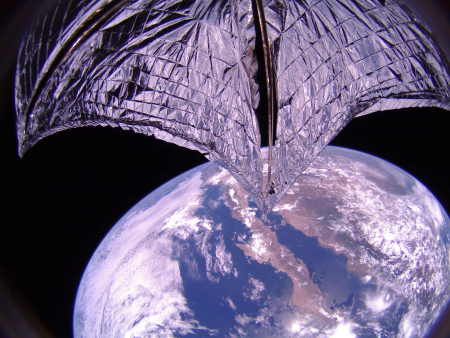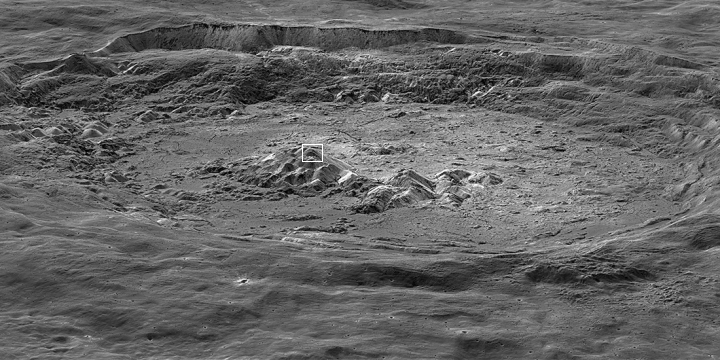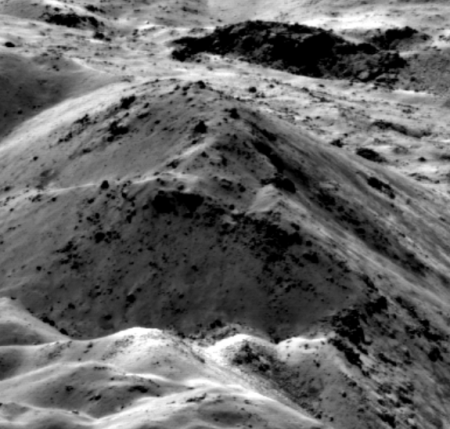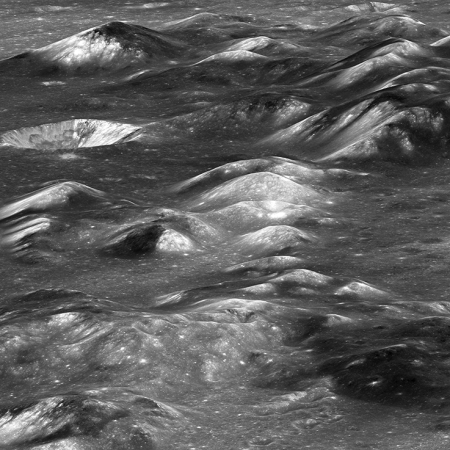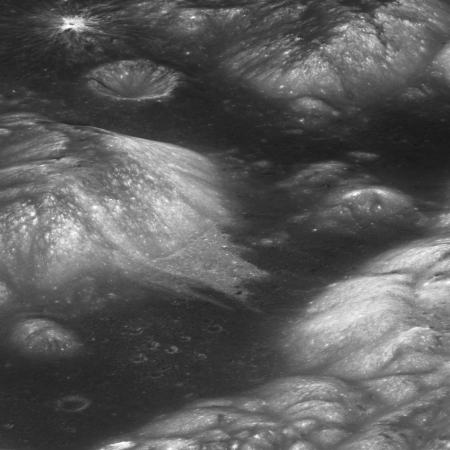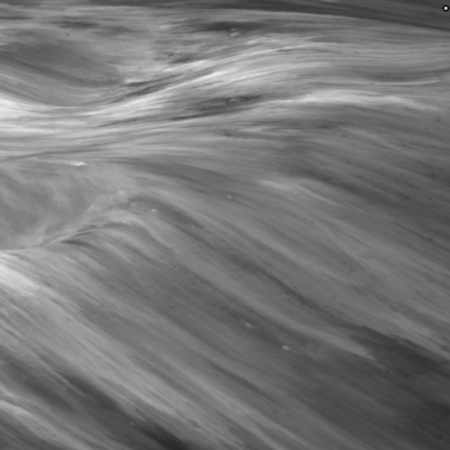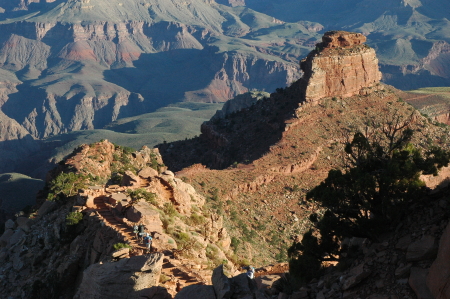The boondoggle never dies! NASA has decided it will give a sole source contract to Northrop Grumman to build the minimal habitation module of its Gateway lunar space station, based on that company’s Cygnus unmanned freighter.
NASA is also bypassing a traditional procurement process for the Minimal Habitation Module. Rather than requesting bids from industry, and then evaluating the responses, NASA plans to fast-track a contract with Northrop Grumman Innovation Systems, an operating unit of Northrop Grumman formerly known as Orbital ATK.
The pressurized habitation compartment will be docked with the Gateway’s Power and Propulsion Element in a stable near-rectilinear halo orbit around the moon. NASA announced in May that Maxar Technologies won a contract worth up to $375 million to build the Power and Propulsion Element, which will provide electricity and maneuvering capability for the Gateway station using high-power plasma thrusters, but does not include any pressurized section.
The Gateway is a mini-space station NASA plans to build in an orbit that swings as close as 2,000 miles from the moon about once per week. The Gateway will act as a stopover and safe haven for astronauts heading for the moon’s surface, NASA is designing the mini-station to accommodate myriad scientific experiments and engineering demonstrations required for more ambitious ventures deeper into the solar system, and eventually Mars.
The Trump administration wants to focus on a lunar landing by 2024, and so it forced NASA to reduce its Gateway boondoggle to the minimum necessary to make that lunar landing possible. This module, with the service module that Maxar is building, is that minimum Gateway.
And why do we even need this? Well, it appears that SLS and Orion and the not-yet-built or even designed lunar lander, by themselves, are not capable of getting astronauts to the Moon. A way station is somehow required.
Note also that the contract amount remains a secret, redacted from the NASA paperwork. Note also that NASA “still plans to add more elements to the Gateway, including contributions from international partners, after accomplishing the human landing on the moon.”
In other words, this is a typical Washington swamp buy-in, connived by the big space contractors and NASA to weasel this boondoggle into existence, even though the Trump administration is not interested. By keeping the cost secret at this point, they avoid some bad press and the possibility of political opposition. Their plan is to get the minimal Gateway funded and launched into space, and then demand more money to pay for the whole thing once the project exists.
This is what NASA does routinely, for all its projects. It lies about the initial cost, low balling it, so as to get the politicians to buy in. The result for the past two decades however is that NASA fails to build much of anything, while wasting gobs of taxpayer dollars on non-productive jobs here on Earth.
Do not be surprised if we see the same with Gateway. In fact, I would bet on it.

